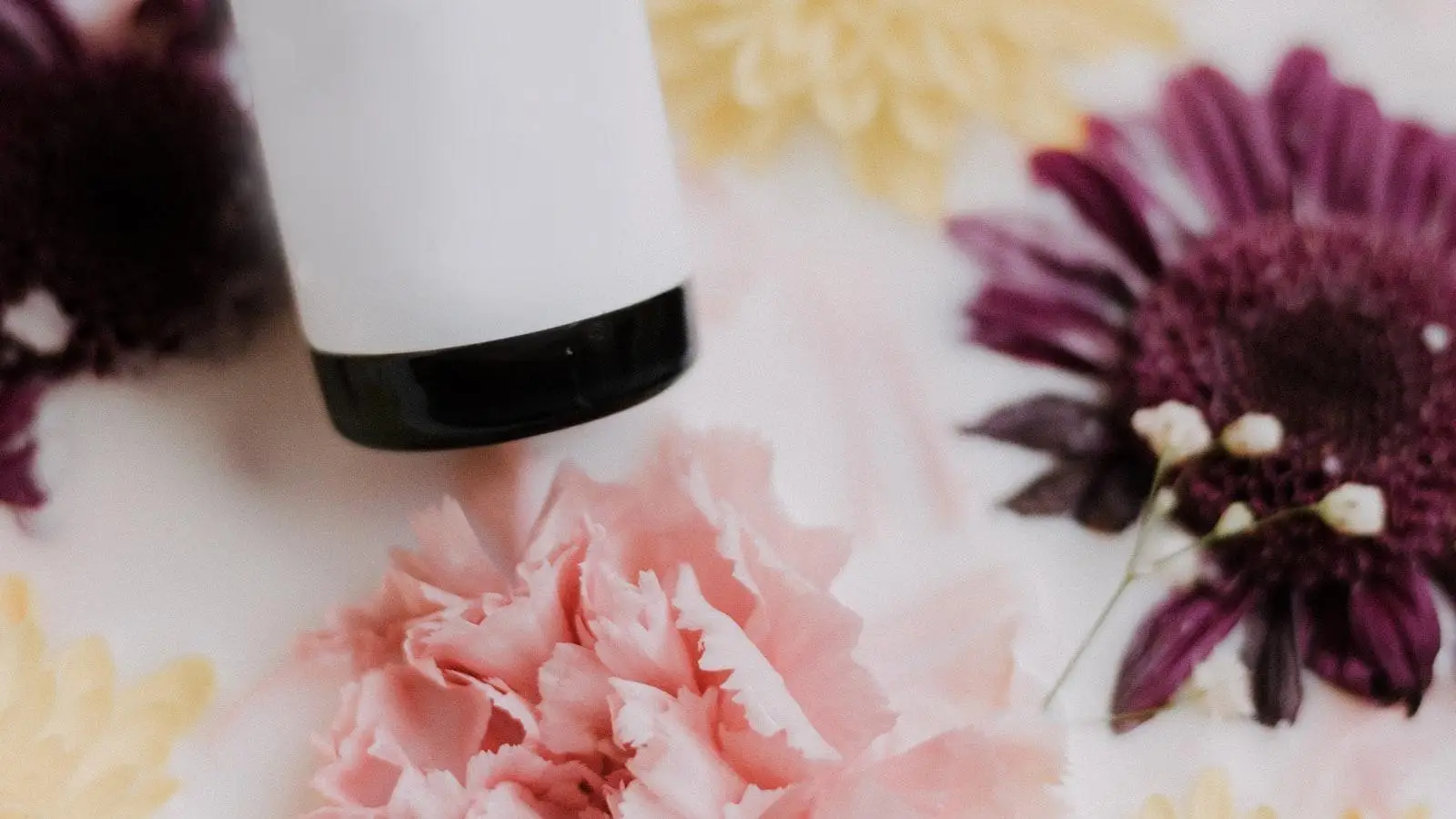In the world of dermatology, understanding and treating conditions like ichthyosis can be a complex and nuanced process. In a recent YouTube video titled “Scales of Beauty: Understanding and Treating Ichthyosis,” Dr. Rashid Dikshit explores the genetic condition of ecthyosis vulgaris, commonly known as fish-like skin. With over 15 years of experience in private practice in Bangalore, Dr. Dikshit discusses the symptoms of extremely dry skin, scales resembling a fish’s, and the importance of gentle skincare routines and moisturization in managing the itchiness and dryness associated with this condition. Join us as we delve into the world of ichthyosis and learn about effective treatment options to improve the skin’s appearance and overall health.
Understanding Ichthyosis: A Genetic Condition Explained

Extremely dry skin, often inherited genetically, is known as ichthyosis vulgaris. The term “ichthyosis” originates from the word for “fish,” which is a nod to the fish-like appearance of the scales on the skin of individuals with ichthyosis vulgaris. This condition presents with excessively dry skin and scale-like formations that resemble those found on a fish’s skin.
Treatment for ichthyosis vulgaris aims to improve the skin’s appearance, texture, and reduce itchiness and dryness. It typically begins with using a gentle, pH-balanced body wash followed by the application of a thick moisturizer containing ceramides, humectants, and sometimes urea to lessen scaling. Regular reapplication of moisturizer is essential due to the reduced moisture levels naturally produced by the skin in individuals with ichthyosis.
Additionally, glycolic acid peels may be utilized to promote skin exfoliation and enhance cosmetic appearance. Supplementation with oral ceramides and omega-3 fatty acids can also contribute to improving the overall condition of the skin affected by ichthyosis. If these measures do not bring about satisfactory improvement, consulting a dermatologist for personalized treatment recommendations is crucial.
Signs and Symptoms of Ichthyosis: Dry Skin and Fish-like Scales

Ecthyosis vulgaris, also known as ichthyosis, is a genetic condition characterized by extremely dry skin and fish-like scales. Individuals with ichthyosis experience dryness, itching, and scaling on their skin, resembling the scales of a fish. Treatment for ichthyosis aims to improve the skin’s appearance, texture, and reduce dryness and itchiness associated with the condition.
To address the symptoms of ichthyosis, it is essential to follow a gentle skincare routine tailored to the specific needs of the skin. This includes using a pH-balanced body wash, applying a thick moisturizer with ceramides and humectants, and incorporating urea to reduce scaling. Regular application of moisturizer is necessary as individuals with ichthyosis have lower levels of natural skin moisturization.
In some cases, glycolic acid peels can be used to exfoliate the skin and improve its appearance. Additionally, supplementation with oral ceramides and omega-3 fatty acids may help enhance the skin’s condition. If you suspect you have ichthyosis and are not experiencing improvement with these recommendations, it is crucial to consult with a dermatologist for specialized care and treatment.
Treatment Options for Ichthyosis: Making Skin Look and Feel Better

Ichthyosis, also known as fish-like skin, is a genetic condition characterized by extremely dry skin and scales that resemble those of a fish. This condition, specifically ecthyosis vulgaris, can cause itchiness and discomfort. Treatment aims to improve the appearance and texture of the skin, making it softer and less dry.
One of the key steps in managing ecthyosis vulgaris is using a gentle, pH-balanced body wash. Additionally, applying a thick moisturizer containing ceramides, humectants, and sometimes urea can help reduce scaling. Due to the low natural moisturizing factor in the skin, frequent reapplication of moisturizer is necessary to keep the skin hydrated.
In some cases, glycolic acid peels can be used to exfoliate the skin and improve its appearance. Supplementation with oral ceramides and omega-3 fatty acids may also be beneficial in enhancing the overall look and feel of the skin affected by ichthyosis. It’s important to consult with a dermatologist for personalized treatment recommendations if the suggested methods do not provide improvement.
Skincare Regimen for Ecthyosis Vulgaris: Gentle Cleansing and Moisturizing

Ecthyosis vulgaris, also known as fish-like skin, is a genetic condition characterized by extremely dry skin and scales resembling those of a fish. To manage this condition, it is essential to follow a skincare regimen that focuses on gentle cleansing and moisturizing.
Here are some tips to help treat and improve the appearance of ichthyosis vulgaris:
- Start with a gentle body wash that is pH balanced to avoid further irritation.
- Use a thick moisturizer that contains ceramides, humectants, and possibly urea to reduce scaling and lock in moisture.
- Apply moisturizer frequently throughout the day, as the skin’s ability to produce moisture is limited in ichthyosis.
- Consider incorporating glycolic acid peels to exfoliate the skin and improve its texture.
Additionally, supplementation with oral ceramides and omega-3 fatty acids can help improve the overall appearance of the skin affected by ichthyosis. If you’re struggling to see improvements with these recommendations, don’t hesitate to consult with a dermatologist for personalized treatment options.
Advanced Treatments for Ichthyosis: Glycolic Acid Peels and Oral Supplements

Extremely dry skin, often genetic, is known as ichthyosis vulgaris. People with this condition have skin that resembles fish scales, leading to dryness, itching, and discomfort. Treatment for ichthyosis usually focuses on enhancing skin appearance, softness, and reducing dryness and itchiness.
To address ichthyosis, individuals can start with a gentle pH-balanced body wash and thick moisturizers containing ceramides, humectants, and possibly urea to diminish scaling. Regular application of moisturizer is essential due to the skin’s low natural moisturizing ability. Additionally, the use of glycolic acid peels may help to exfoliate the skin and improve its cosmetic appearance.
Supplementation with oral ceramides and omega-3 fatty acids can further enhance skin health and appearance in individuals with ichthyosis. If these treatments do not provide the desired improvements, consulting a dermatologist for personalized recommendations is advised. Take proactive steps to manage ichthyosis and restore skin health today.
Incorporating advanced therapies like glycolic acid peels and oral supplements can help individuals with ichthyosis achieve significant improvements in skin appearance and overall quality of life. Embrace these treatment options to combat ichthyosis and unlock the beauty within.
Consulting a Dermatologist: Seeking Professional Help for Ichthyosis

Ecthyosis vulgaris, or ichthyosis, is a genetic condition characterized by extremely dry skin and scales that resemble those of a fish. It can cause itchiness and discomfort, making professional treatment essential for managing symptoms and improving skin health.
When seeking help from a dermatologist for ichthyosis, the focus is on making the skin softer, reducing dryness, and alleviating itchiness. Treatment typically involves using a gentle, pH-balanced body wash, applying a thick moisturizer with ceramides and humectants, and possibly incorporating urea to minimize scaling.
To enhance the effectiveness of treatment, frequent application of moisturizer is necessary due to the low natural moisturizing ability of the skin in ichthyosis. Additional approaches such as glycolic acid peels for exfoliation and supplementation with oral ceramides and omega-3 fatty acids may also be beneficial in improving skin appearance and health.
Q&A
Q: What is Ichthyosis and what are the main symptoms?
A: Ichthyosis is an extremely dry skin condition that often appears genetic. The main symptom is the presence of scales on the skin, which can give it a fish-like appearance.
Q: What are the common treatments for Ichthyosis?
A: Treatment for Ichthyosis typically involves using a gentle body wash, applying a thick moisturizer with ceramides and humectants, and sometimes using urea to reduce scaling. It’s also important to reapply moisturizer frequently, possibly use glycolic acid peels for exfoliation, and consider supplementation with oral ceramides and omega-3 fatty acids.
Q: How can one know if they have Ichthyosis and when should they see a dermatologist?
A: If you have extremely dry skin, with scales and itchiness, it may be a sign of Ichthyosis. If you have tried various treatments without improvement, it is advisable to consult a dermatologist for further evaluation and personalized treatment options.
In Summary
In conclusion, understanding and treating ichthyosis, also known as fish-like skin, is crucial for improving the quality of life for those affected by this genetic condition. By following a proper skincare routine, using gentle body wash and moisturizers, and considering additional treatments such as glycolic acid peels and supplementation with oral ceramides and omega-3 fatty acids, individuals with ichthyosis can experience relief from dryness, itching, and scaliness. If you believe you have ichthyosis and need further assistance, don’t hesitate to consult with your dermatologist for personalized care and guidance. Remember, with the right approach, managing ichthyosis is possible. Stay informed, stay proactive, and take control of your skin health.



